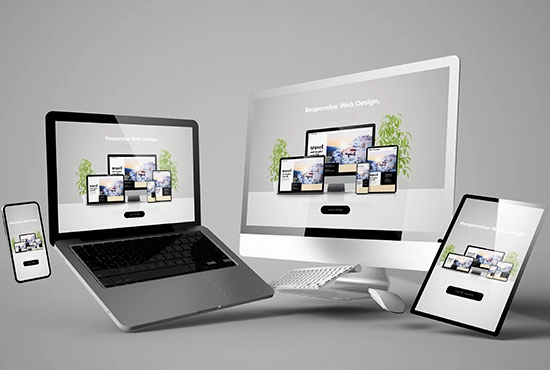4. Make Sure Your Website Usability is Tested
When it comes to testing website usability, this should include people who aren't familiar with the brand. After all, your customers will likely not know much about your brand/products, so it's essential to ensure another person can easily find and understand any information they require. If you have a customer base already established, make sure to involve them in testing. It will help identify potential weaknesses or mistakes that need fixing before the site goes live.
5. Make Sure Your Site Is Optimized For Mobile Devices
As mentioned above, the number of mobile device users is growing daily, and if your site isn't designed to be viewed/operated on such devices, you will likely lose out on a great deal of potential business. Also, it's important to note; more and more people are using their smartphones and tablets when in public (commuting, traveling, waiting for appointments, etc.), meaning; they may not have access to desktop computers or laptops - in which case a responsive website that automatically adjusts to fit the screen viewing it expands like magic! It is also referred to as "mobile-friendly," so ensure your site is designed this way.
6. Don't Make Your Web Design Too Complicated Or Busy
Also, when designing your website, ensure no unnecessary elements that may cause distraction or irritation to customers visiting your site. Think about it; you don't see billboards with dozens of messages on them, do you? So why would you make your website too complicated to convey the message you want to display quickly? Also, if people visit a website, they expect consistency throughout, so although it's good to vary things up a bit now and then if your layout varies drastically from page to page, this could easily become very annoying for customers!
7. Make Sure Your Website is Unique
Another factor affecting web usability is how unique your site looks compared to others. You don't want customers visiting your site only for them to say, "hmm.. I've seen that one somewhere before!" because chances are; they'll then leave your site and go view another. If you're not design-skilled yourself, it's best to get someone else to do the job for you - this way; you can be sure your website will stand out from others!
As mentioned above, there are only seven factors that affect web usability. Still, like anything, practice makes perfect, so ensuring your site follows all of these factors should improve its usability significantly over time!
